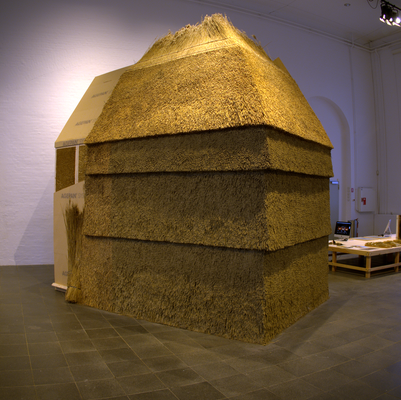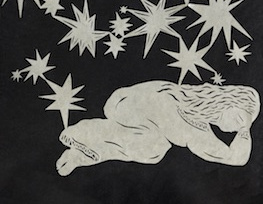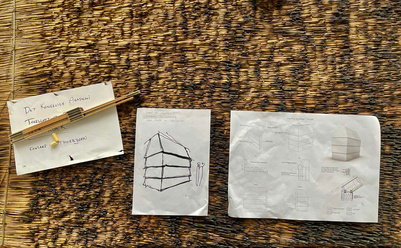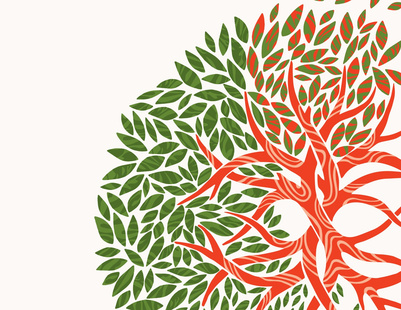What do we understand by the term ‘design’?
What is design? Is it anything, everything, something or nothing? The autumn edition of the international design journal ARTIFACT showcases KADK’s varied approach to the concept of design.
In recent decades, design has become a very broad concept that has come to include immaterial aspects of life such as social behaviour, cultural ideas, experience design, emotional design and even the design of thoughts.
This reflects the huge impact design has on today’s society, both as a profession and as a field of study. The fact that the concept of design today seems limitless may, however, also indicate that the concept is in crisis.
In its special autumn issue (Vol. 4) entitled The Design Concept, the international design journal ARTIFACT focuses on the concept of design with KADK as its main focus.
Associate Professor Kirsten Marie Raahauge is the special issue’s guest editor in chief, and is joined on her editing staff by Ida Engholm (KADK) and Maria Mackinney-Valentin (KADK), along with articles by a number of other KADK researchers.
KADK forms the basis of the special issue
At KADK, the concept of design has always had a specific meaning, although this has varied from department to department. Industrial designers differ from communication designers, while the methods used by fashion designers have much in common with the methods used by architects. These different notions of design make it very difficult to find a collective, methodological approach to practice, research and education.
But it is for exactly this reason that the concept of design is a natural topic of debate, especially for an international audience.
The articles in this special issue question the concept of design and propose a number of options relating to design in different contexts. Taking a practice-based perspective, the articles present several examples from the field of design.
The KADK articles in brief
The KADK articles in this special issue cover topics ranging from fashion research, type design and user-interactive industrial production to film design and the design of urban spaces.
In the article ‘Can Anyone Be a Designer? Amateurs in Fashion Culture’, KADK Associate Professor Maria Mackinney-Valentin and Fabian Holt (RUC) examine what implications current media developments are having for designers, with special focus on the relationship between amateurs and professionals in the world of fashion. The authors argue that these media constitute a fundamental basis for understanding the changing dynamics between professionals and amateurs today and their exchange of design-related creativity. Among the examples cited by the authors are use the online platform Etsyand the T-shirt company Threadless.
In their article ‘Design as Co-evolution of Problem, Solution and Audience’, Per Liljenberg Halstrøm (PhD student at KADK) and Per Galle (Associate Professor, KADK) argue that, compared to actually working with design in practice, even the best definition of design cannot provide adequate guidance for the professional designer or design student. Instead they examine canonical theories of design as a professional business, and reach the conclusion that the well-established understanding of the co-evolution of problem and solution in design is insufficient to define the concept of design. As a result, the authors introduce the concept of a triple co-evolution, which adds the user of the designed object to the equation.
Sofie Beier (Associate Professor, KADK) gives the reader a historical insight into the importance of design in the early days of book printing in her article ‘The Design Process Seen Through the Eyes of a Type Designer’. She shows that the English printer and type-inventor John Baskerville (1706-1775) was the first well-known type designer. On this basis, the article presents a model for how contemporary design processes can be organised and reflects on the relationship between contemporary practices and the way Baskerville worked when he developed his historically innovative style of type.
The article ‘Shaping Dreams: Design Ideas and Design Fiction in Movie and Television Production Design’ by Jakob Ion Wille (Associate Professor, KADK) looks at how design processes affect the planning and development of moving images, such as films, animations and television. The article documents the importance of design in the early stages of film and TV productions and describes how industry practitioners appreciate the contributions to the development of the narrative story made by designers through their visual contributions.
The final KADK contribution, written by Marie Stender (SBi, former PhD student at KADK), is entitled ‘The Overdesigned and the Undesigned – Place Making in New Residential Complexes’.
In the article, Marie Stender focuses on the paradox that, on one hand, places/spaces are increasingly seen as something that can be designed, while, on the other hand, there is an increasing desire from users for places/spaces that have not been designed. At the same time, there is currently an assumption that we can and must design not just our material surroundings but also the more intangible social and cultural aspects that shape a place/space. But how do we design an urban space according to “who we are” or “what we feel”?
Additional articles and the 2016 symposium
Because ARTIFACT is a digital open-access journal, additional articles will be added to The Design Concept special issue over the coming months. A symposium will also be held by KADK in connection with the re-launch in early 2016.
ARTIFACT is published by Indiana University under the editorship of Charlie Breindal.






